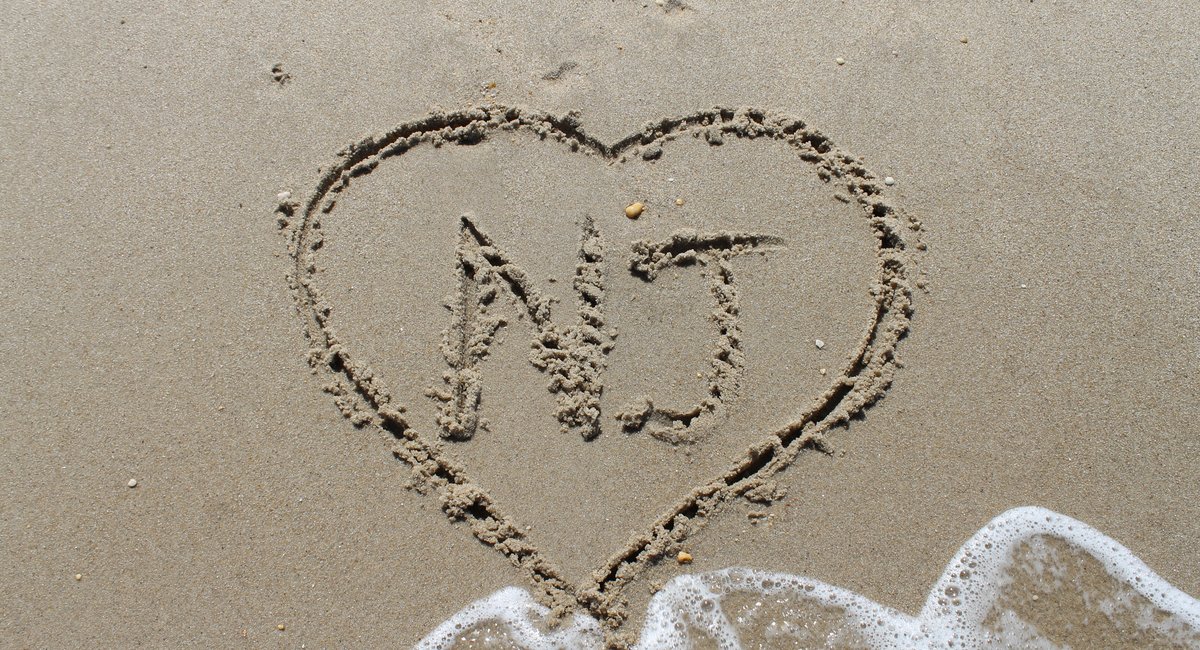It’s finally summer, and people are flocking to the Jersey Shore.
But harsh weather has taken out some of the beaches, and New Jersey has been doing what’s known as “beach replenishment” — widening the beach by pumping in sand dredged from offshore.
More than $2.6 billion has been spent replenishing the Jersey shore with sand since 1922. With beach erosion likely to worsen in the future because of expected sea level rise and climate change, that technique could become unsustainable.
Steven Rodas, a journalist for New Jersey Advance Media, has been reporting on beach replenishment and the challenges it may face going forward. He spoke with WNYC’s Sean Carlson for All Things Considered; the transcript of their discussion below has been lightly edited for clarity.
Sean Carlson: Can you explain the process of beach replenishment to us?
Steven Rodas: So beach replenishment, also called beach nourishment and sand replenishment, essentially means the U.S. Army Corps of Engineers heads out offshore, or in some cases to federal inlet sites, in order to dredge sand, basically collect it from the bottom of the ocean and then pipe it in or pump it back onto the natural coastline.
So as we said, it’s really expensive to do this. Can you tell us how long it’s been going on for and do other places do it?
So it’s super expensive. More than $2.6 billion has been spent in New Jersey, but that figure might actually be higher once Western Carolina University, where we got that data from, updates its figures this fall.
Do other states do it? Yes. But per foot of shoreline, New Jersey has been, how one group told me, “the most productive,” and how another group phrased it, “the most wasteful.”
Oh, how long has Jersey been doing it for?
Steven: It depends on who you ask. Some folks say since the early 1900s. The data that we collected for our recent story goes back to 1922. So there are a few different years in terms of exactly when it started, but at least the last…
Read the full article here

Leave a Reply